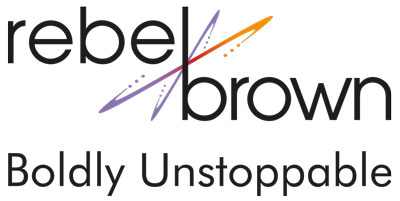Better business decisions, or lack of, define your business success. Not your competition.
The thing is, we are humans in business.In today’s stress-filled world, our innate bias is constantly triggered. That’s not a good thing.
Certain bias significantly limits our ability to see the full reality of a situation to make better business decisions.
For example, did you know that instead of making conscious, analytical business decisions, our brains are pre-programmed at birth to:
Stick to the status quo. We’re programmed to hang onto the way we’ve always done it, even if that doesn’t make good sense. It’s called the status quo bias and it’s a powerful human instinct. That’s why our first answer usually isn’t our best business decision. We base it on what was happening in the past and the reality we’ve created from that history vs. seeing what is happening right now. Think about how that bias limits business innovation.
Crave repetitive behavior. Our bias tell us that what is known and repeatable is safe. That significantly limits our ability to adapt as our buyers and markets shift. We hang onto those same old behaviors based on a bias we don’t even know is an influence.
Stick with the herd. Our bias triggers a pleasure signal when we choose to agree with the group. When we disagree, our bias triggers a fear chemistry that drives us to correct our behavior. That certainly explains the group thinking mentality that can happen within teams and across organizations. Skillful leaders understand this and actively shift their leadership style to bypass this innate human bias.
These are only a few of the bias that limit our business decisions. There are so many more – all part of the bias that drives how we perceive every decision, every reality, every situation.
But it gets even more complicated. Here’s why.
How You Make Decisions
Consider these two facts.
- Our unconscious drives 95% of our behaviors and decisions.
- 90% of our unconscious is biased based on fear.
That combination significantly limits our perspectives and our success, especially bias firing every hour of every day. We don’t even know we’re making decisions based on our cave man (or cave woman) bias!
When we shift beyond bias by paying attention consciously, we open to new ideas and are able to make better business decisions that fuel competitive advantage.
10 Power Shifts to Better Business Decisions
Here are ten bias inherent in every one of us, and simple shifts we can make to step into better business decisions that move us into innovative, success thinking.
Each shift is designed to bypass the bias so that you make optimal decisions.
1. Bias: Assume we’re right and seek out the evidence to prove it.
Shift: Consciously find the evidence to prove yourself wrong.
2. Bias: Focus on fixing problems, so we miss opportunities.
Shift: Model what’s working, allocate dedicated time to seeking new opportunities.
3. Bias: Get stuck in the Status Quo Bias – hanging onto the way we’ve always done it.
Shift: Show your brain that the status quo is a threat by listing the cons to the way you’ve always done it. List the pros to seeking a better way as well.
4. Bias: Be overconfident, especially with results. We plan based on the best case scenario.
Shift: Use your worst case scenario as the baseline, then up-level based on evidence.
5. Bias: See data and numbers based on our past and yesterday’s patterns.
Shift: Shuffle the Deck -‐> change the way data is presented. That forces your brain to actually look at the data again… which results in new and better insights.
6. Bias: Assume consensus among our peers – whether we have it or not.
Shift: Ask open-ended questions vs making statements. Statements narrow your focus, questions open your mind to new possibilities. Also, validate privately vs. within groups to avoid the herd bias.
7. Bias: Categorize spending, then associate different value with spending across those categories.
Shift: Eliminate strategic vs. tactical P&L categories. View all dollars spent as equal.
8. Bias: Rewards us for siding with the herd, so we naturally conform to group opinion.
Shift: Reward people who don’t follow the crowd. Visibly. Also, take a different stance than the group to create another safe “herd” for people to move away from the current herd’s thinking and decisions.
9. Bias: Rewards repetitive patterned behavior because our instincts tell us it’s safe.
Shift: Instead of taking your first answer as the best one, stop and ask yourself, “Is there a better way to do or think about this?”
10. Bias: Believe we know best. That’s why we see value when our buyers don’t.
Shift: Get out of those internal meetings and listen to your buyers and markets.
Take a week and apply these shifts to your business, your career and your personal life. It only takes a week to experience the difference – in your thinking, your approaches and your new responses.






